

Damion Smy
Ford Ranger-sized EV ute must prove itself in US before global rollout
11 Hours Ago
The $80k-plus Amarok flagship presents as more than a rebadged Ranger, offering the closest thing to a Euro SUV with a tub attached.
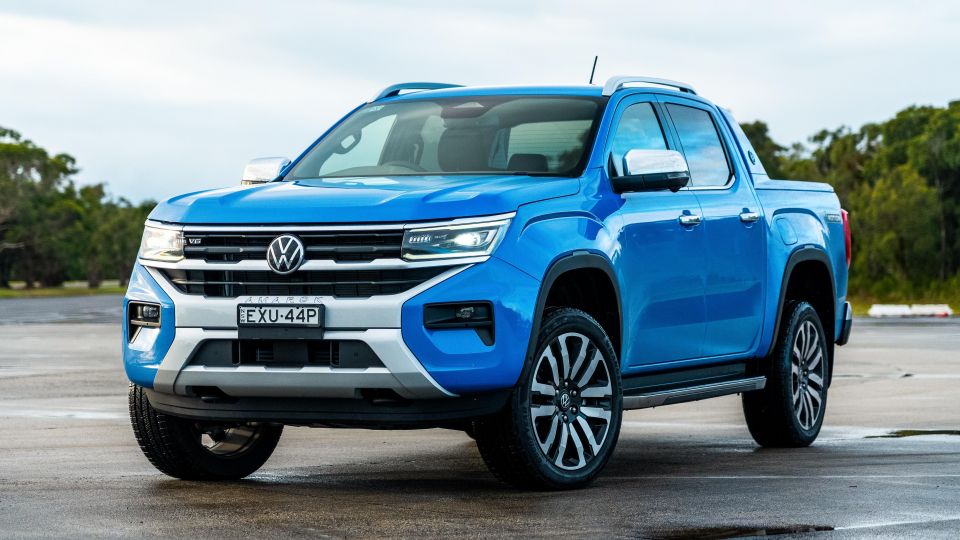
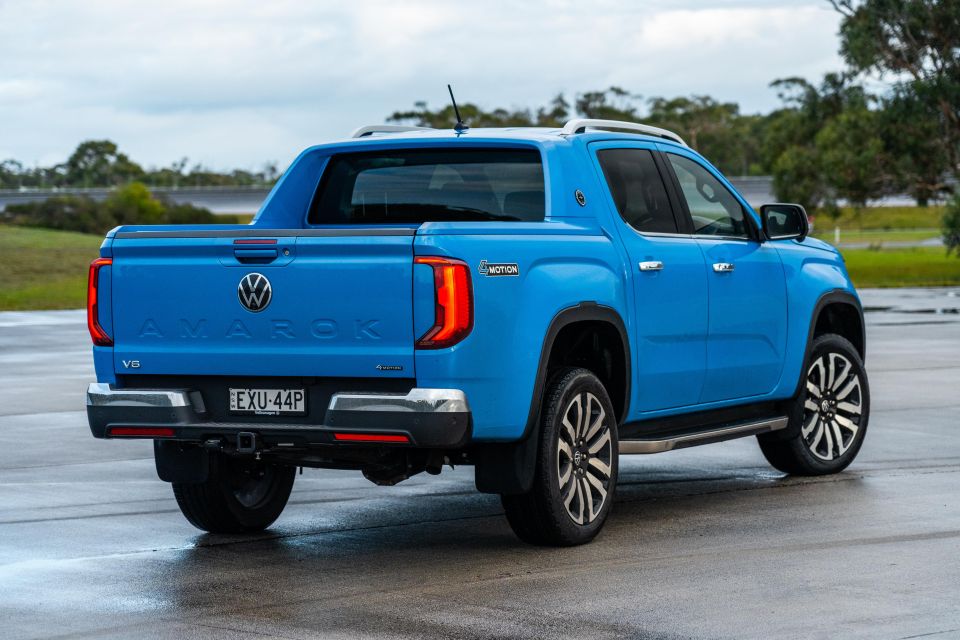

Quickly see how this car stacks up against its competition. Select any benchmark to see more details.
Where expert car reviews meet expert car buying – CarExpert gives you trusted advice, personalised service and real savings on your next new car.
The top-of-the-range Volkswagen Amarok Aventura is pitched as a premium SUV with ute functionality, and it looks and feels sophisticated enough to live up to the billing.

It’s no secret the second-generation Amarok is based on the Ford Ranger platform, but unlike some other joint-ventures in the ute market it doesn’t feel like straight-up re-badging.
In fact it looks to be an enticing proposition, pairing best-in-class ute underpinnings with new exterior and interior designs, the most high-end of which are found on this version.
The Amarok Aventura costs $79,990 before on-road costs with either engine option (one petrol and one diesel).
Australians have shown time and again they are happy to pony up for a status symbol pickup truck, although recent tax changes may impact demand. We will see.
How does this compare to some price-point competitors? The obvious main competitor is the $3000 cheaper Ranger Platinum – a vehicle that is mechanically the same.
Key rivals include:
Prices exclude on-road costs
Buy your new car without the stress. It's fast, simple and completely free.

Great service from Travis and team, second time I have used this business would not hesitate to recommend them to anyone
Craig C.
Purchased a Ford Ranger in Sunshine Coast, QLD
CarExpert helped Craig save thousands on his Ford Ranger, now let us save you on your next new car.
Find a dealAs Volkswagen promised before the launch, it’s appreciably different inside to its platform-mate in a way the Mazda BT-50 is not, when compared to its Isuzu D-Max donor.
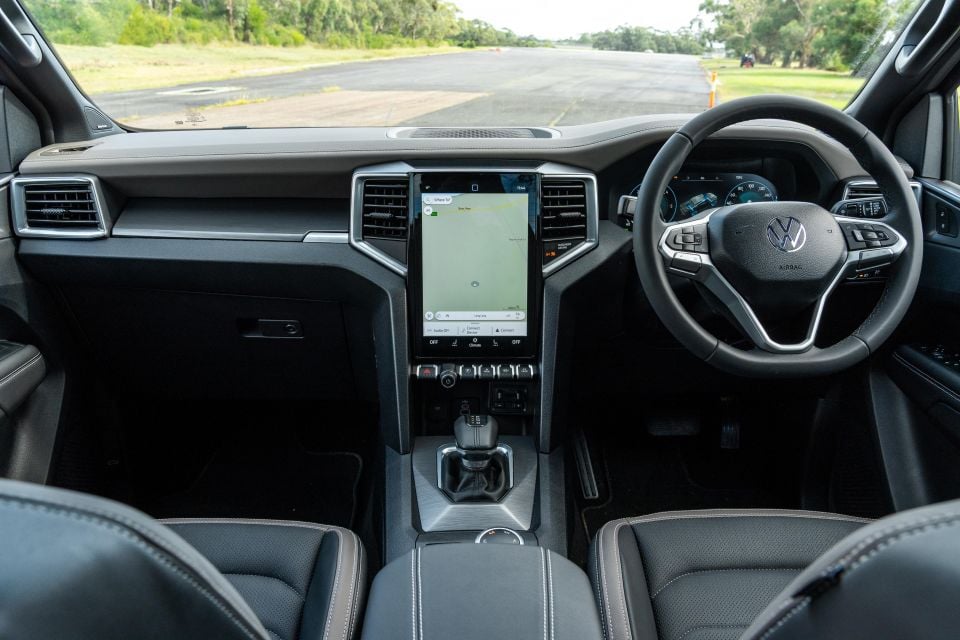
The grey leather-like dash pad and seat trims, the stitching, the use of silver trim inlays, all add up to a suitably premium feel. It does feel like a Volkswagen, more Tiguan than Transporter.
That said, there are cheaper-feeling hard plastics lower on the dash, and we noticed a few build quality issues on our test vehicle – namely loose trim over the steering column and a wobbly piece at the back of the centre console.
The driving position is comfortable for long stints behind the wheel, and most of what you need to poke or prod is within easy reach. The steering wheel telescopes, and the touchscreen doesn’t require too much stretching.
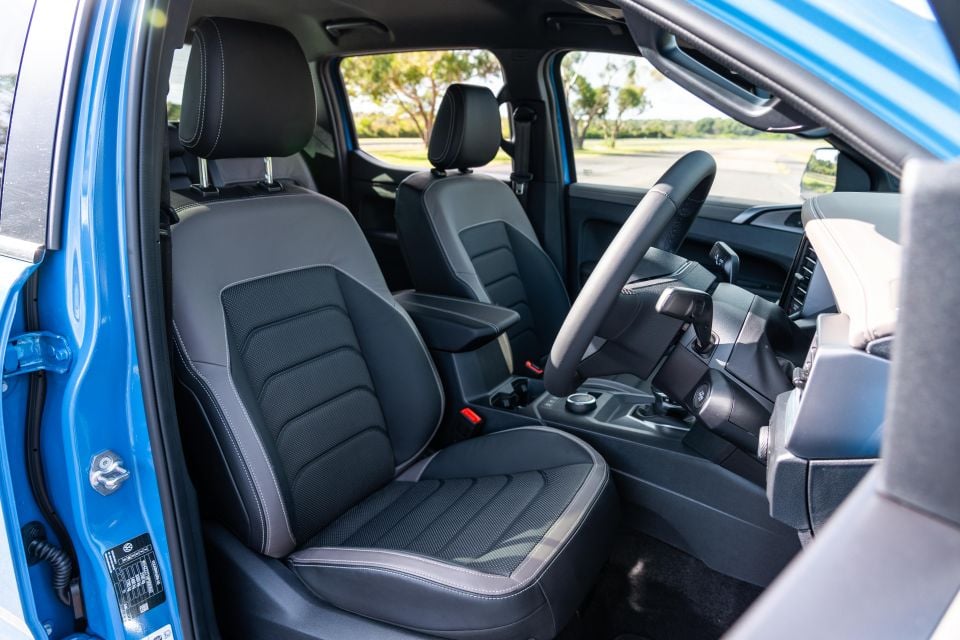
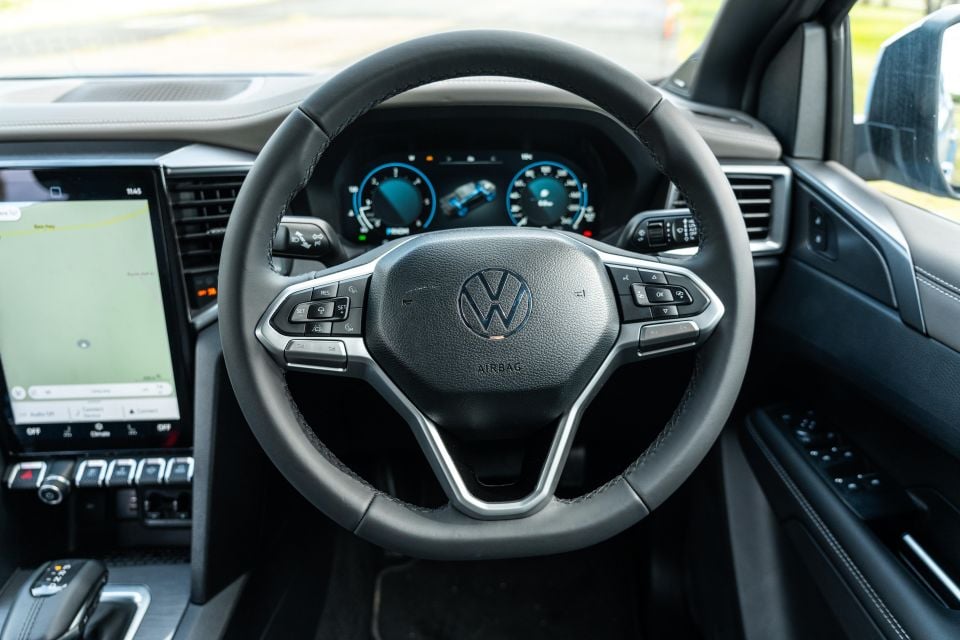
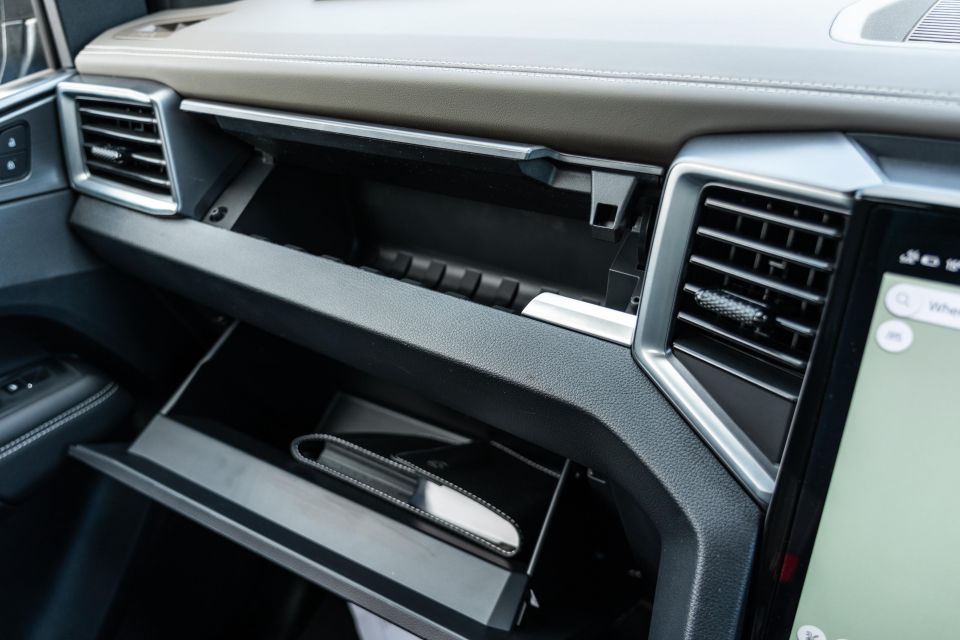
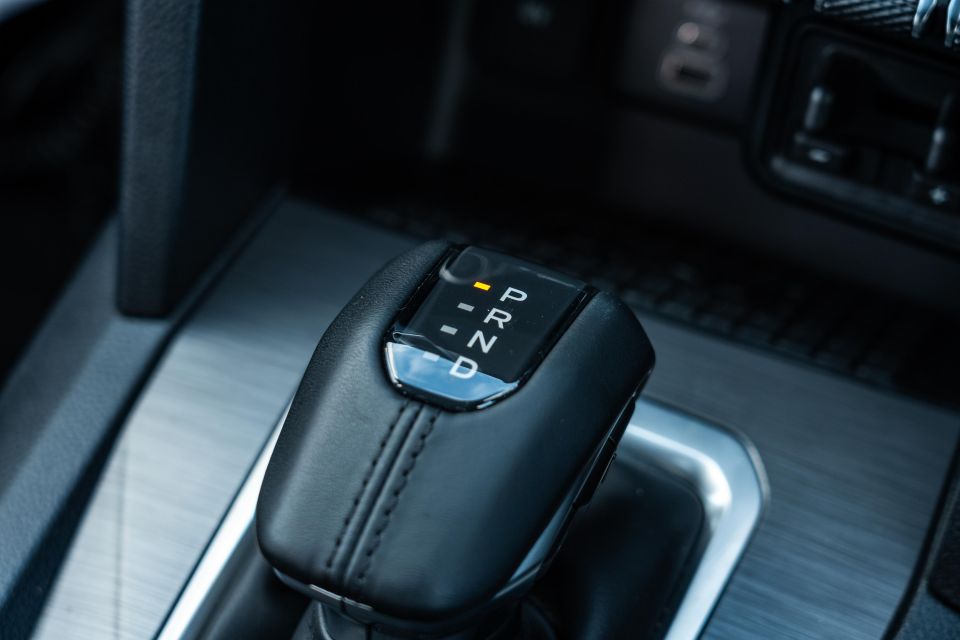
The seats are trimmed in good quality leather and offer ample side and thigh bolstering, and both front occupants have power adjustment (including lumbar) and heating.
Storage solutions include handy stacked gloveboxes, as well as the expected centre console and bottle holders in the doors. There’s also a small open cubby on top of the dash.
VW’s designers opted not to put cupholders ahead of each outboard air vent, unlike Ford’s. Hmm.
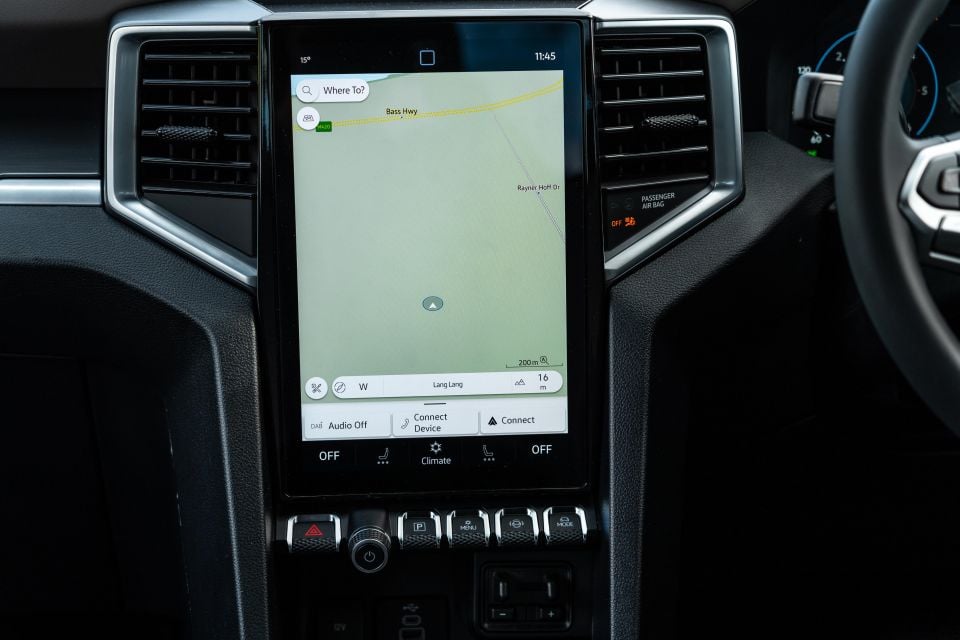
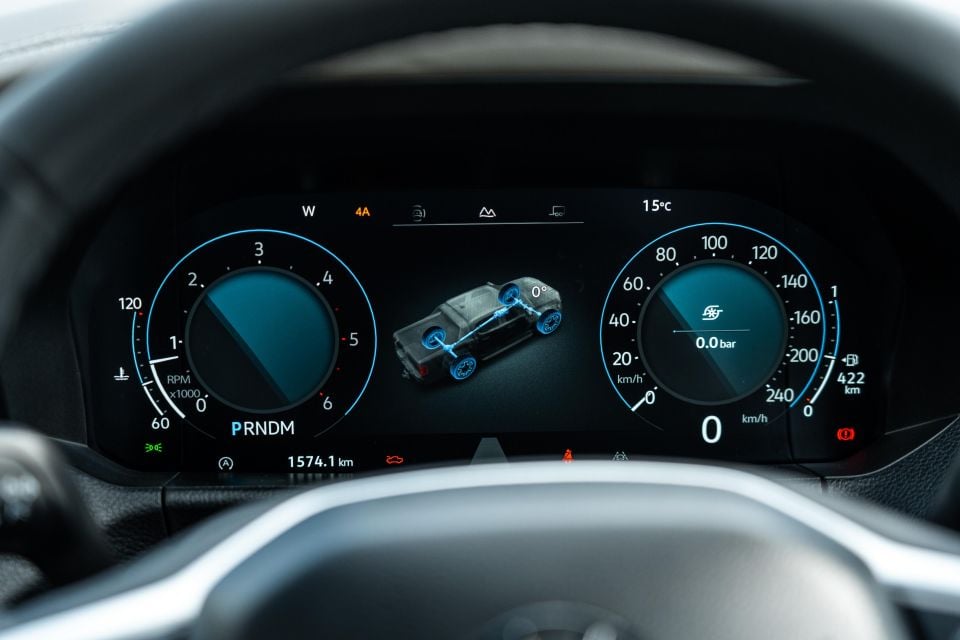
The standard 12.3-inch digital instrument cluster has different skins to the Ranger, with configurable displays and sharp graphics, as well as fast loading.
I’d like the option of a larger digital speed readout however, and unlike some VW products there’s no secondary map display.
The large portrait-oriented centre touchscreen uses the Ford’s hardware, but Volkswagen’s software brings different menu designs.
It has a full-screen satellite navigation, 360-degree camera displays, as well as wireless Apple CarPlay and Android Auto that take up most of the available screen space. It also seemed to load more quickly than several Rangers I’ve driven. Class-leading? Absolutely.
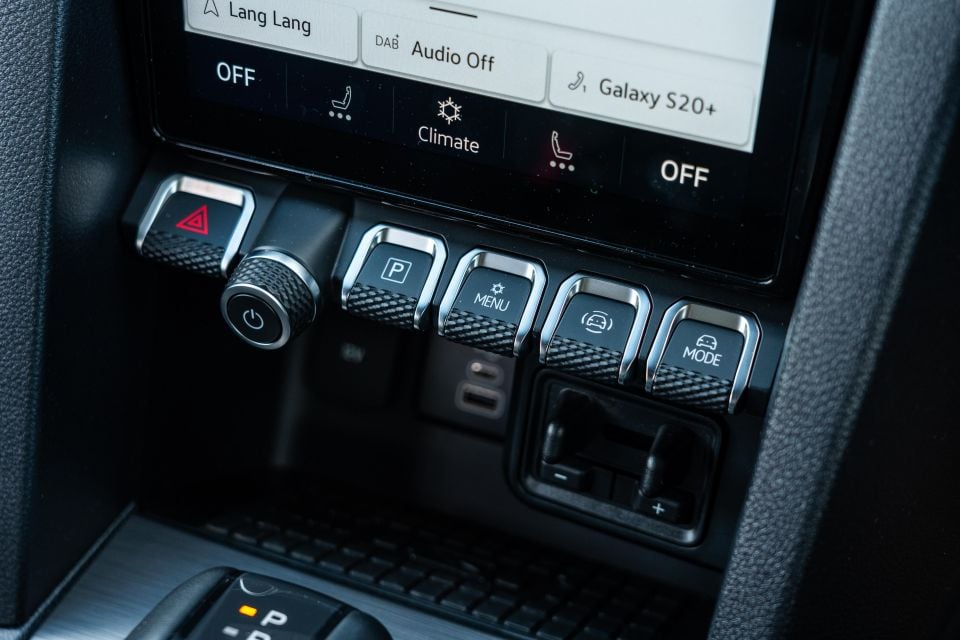

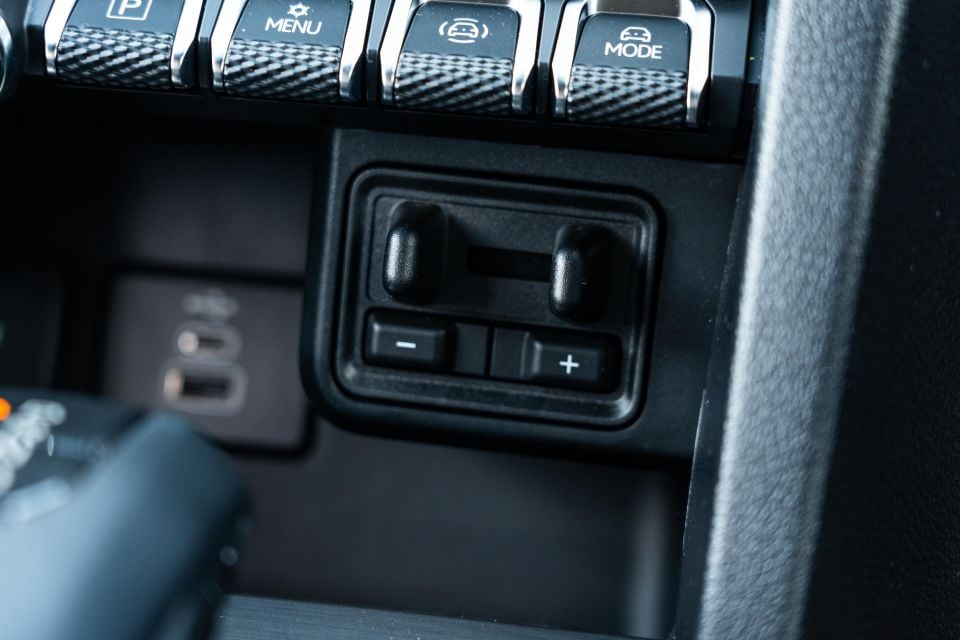
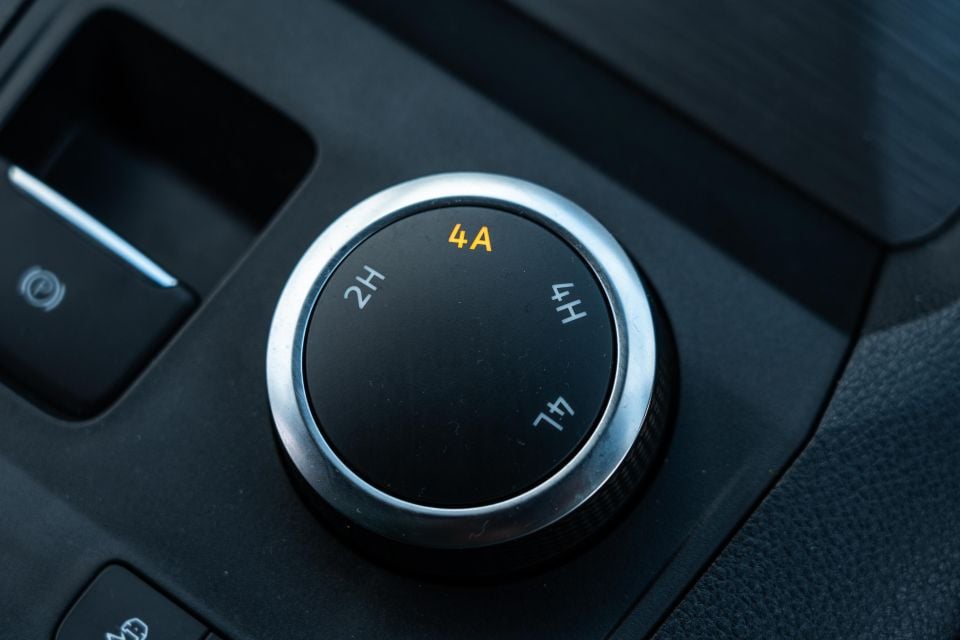
Below the screen are rocker switches to shortcut you to the settings menu and change driving mode, but some of the climate controls require a two-step input via the screen rather than knobs and dials, which can be a bit distracting.
Also missing is the app connectivity you get with the Ranger. Being able to test the indicators and lights on a trailer from the outside of the car using an app, for example, is very handy, as is the ability to control your zone lighting, and remotely unlock and locate the car.
Ergonomically the volume knob and brake controller gain adjustor switch hinder access to the wireless phone charger pad and USB-A/C ports, and the gear ‘e-shifter’ is mounted a smidgen too close as well. These are small gripes.
The centre tunnel has cupholders, a round dial for selecting 4×4 modes, and buttons for downhill assist control, engaging the rear diff lock, and the electric park brake switch. There’s an Auto Hold function which is engaged via a touchscreen menu.

As for the rear seats?
They’re a meaningful improvement on what was on offer in the last Amarok, which Volkswagen says was a key priority when developing the second-generation car. Legroom and headroom are improved and now match the class expectations.
The elevated rear bench and large windows are good, and unlike the old model you get rear head-protecting side airbags. There are also air vents and cupholders in the centre armrest, but oddly no USB ports for devices.
The seatback folds down for access to the top-tether points, and the seat base pulls up to reveal storage for the jack.
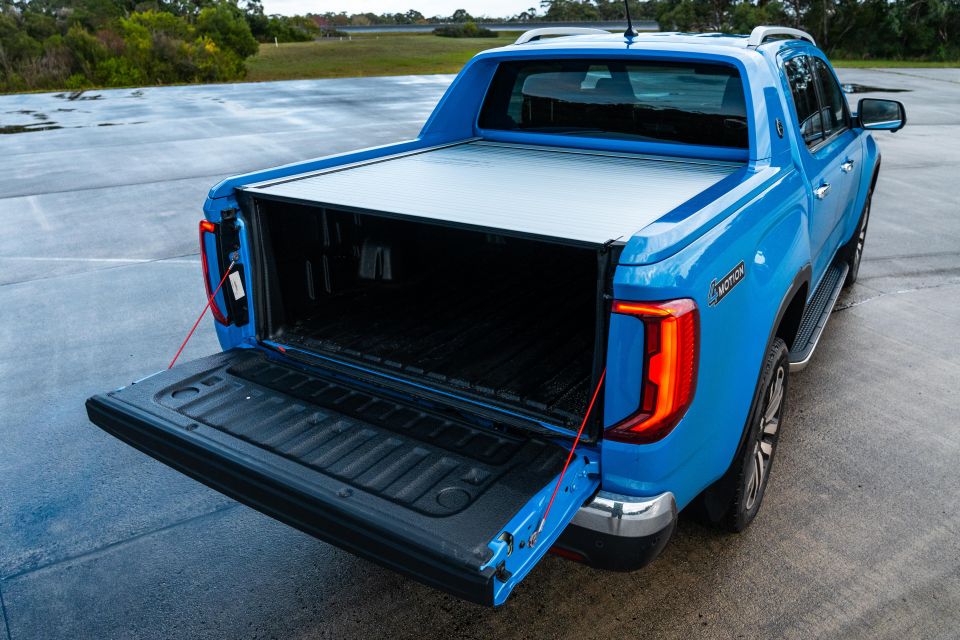
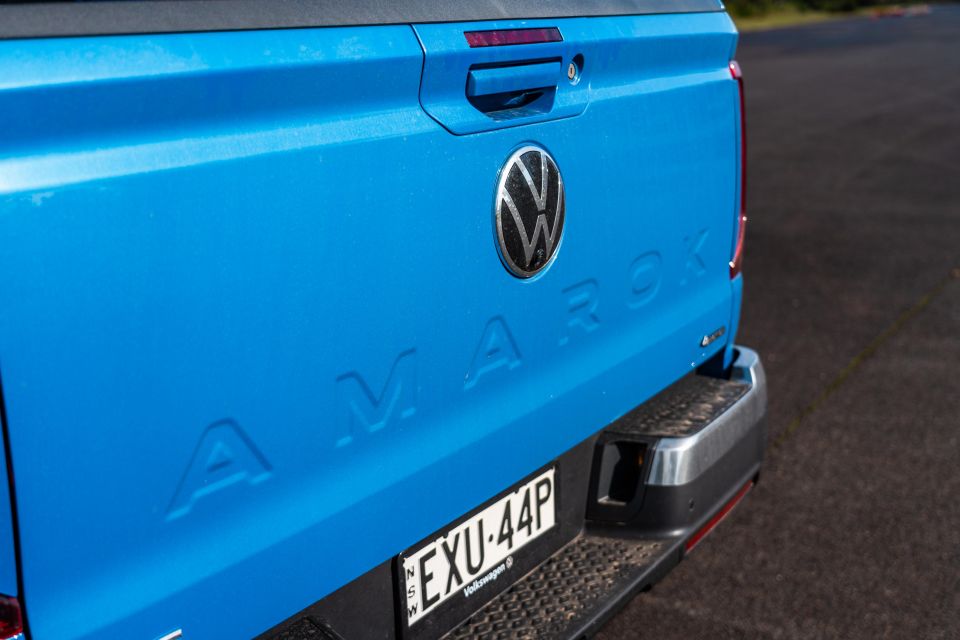
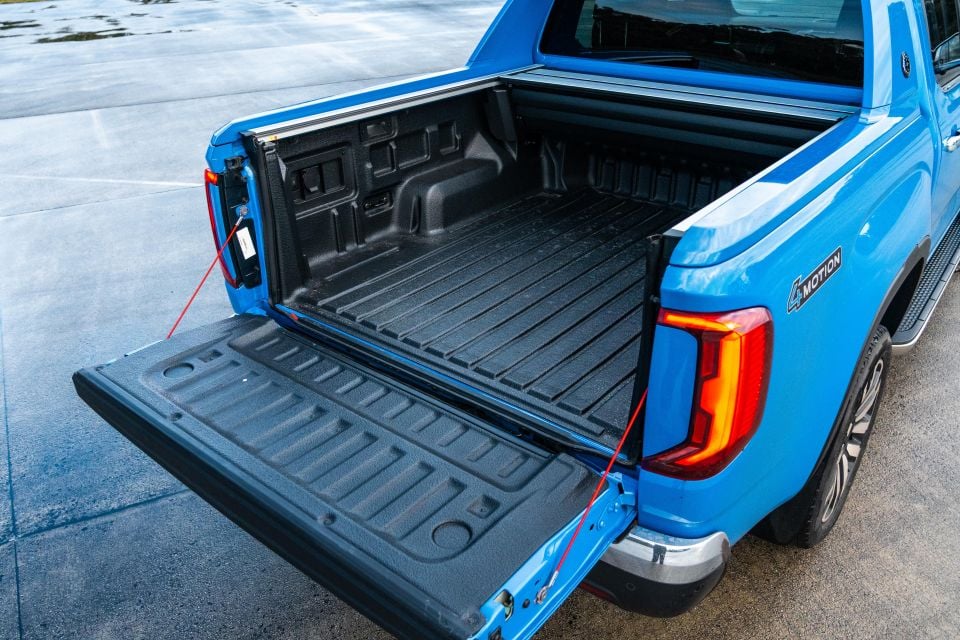
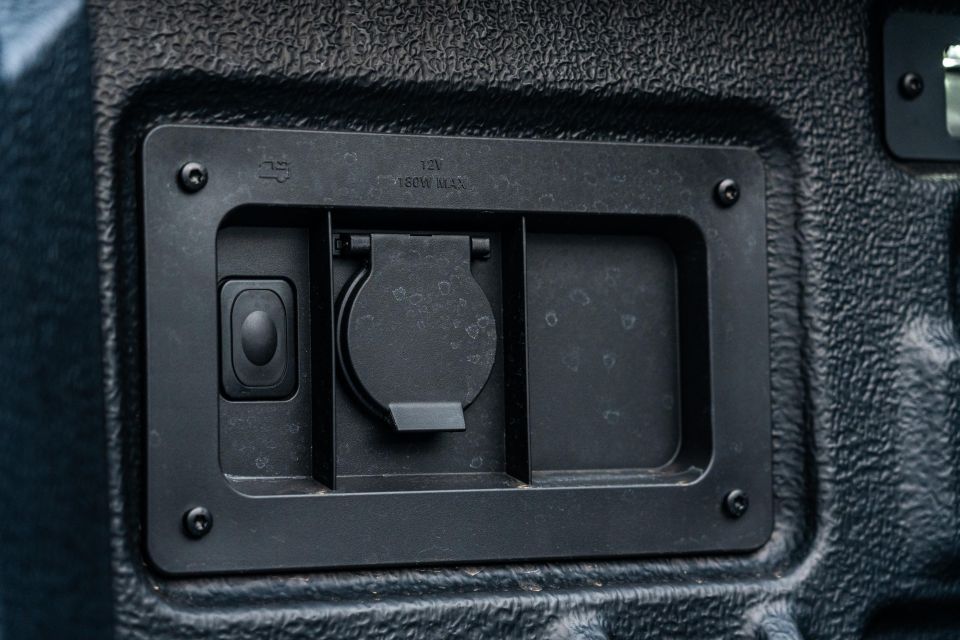
The tub has a nifty remote-controlled roller shutter, a good quality fitted liner, six tie-downs, a 12V and lighting, and a counterbalanced tailgate.
But it doesn’t have anything as nifty as the Ranger Platinum’s Flexible Rack System and inbuilt clamps.
The Aventura TDI600 uses Ford’s 3.0-litre turbo-diesel V6, producing a beefy 184kW and 600Nm, mated to a 10-speed automatic transmission with start/stop.
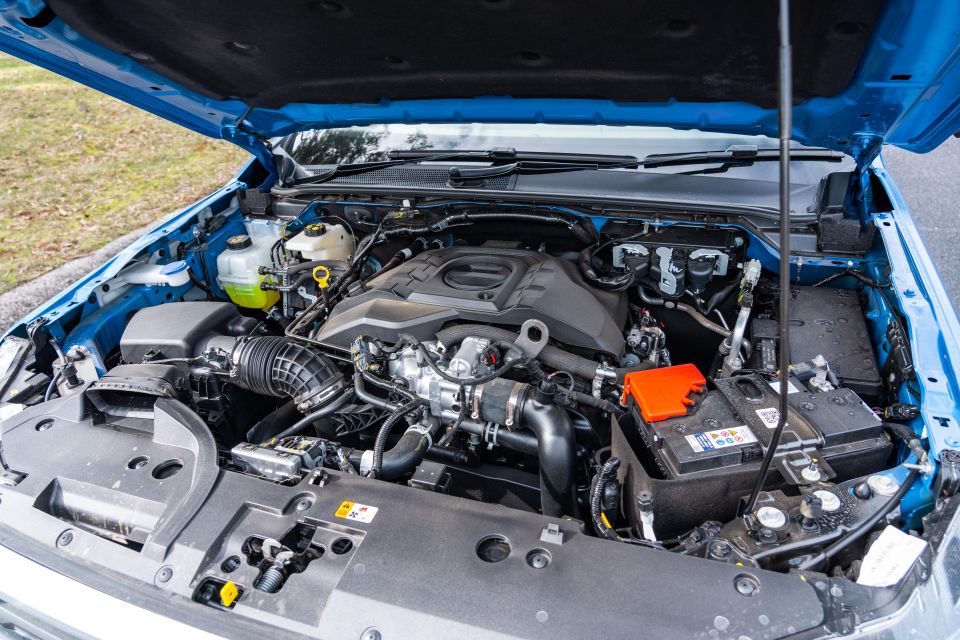
It runs a 4×4 system with full-time, rear-drive and low-range options.
ADR fuel consumption is quoted at 8.4 litres per 100km, and the fuel tank holds 80L. It also has a near-20-litre AdBlue tank. On our test drive the Aventura TDI600 returned a real-world efficiency figure of 10.1L/100km on a mixture of city and highway.
Braked trailer towing capacity is 3500kg – the class-standard.
But there’s another engine choice, one that isn’t sold in the Ranger here: a 2.3-litre turbo four-cylinder petrol with 222kW and 452Nm, aimed at ‘lifestyle’ buyers.
We’ve raved about the smoothness and punchiness of the V6 diesel in the Ranger, and it’s no different here.
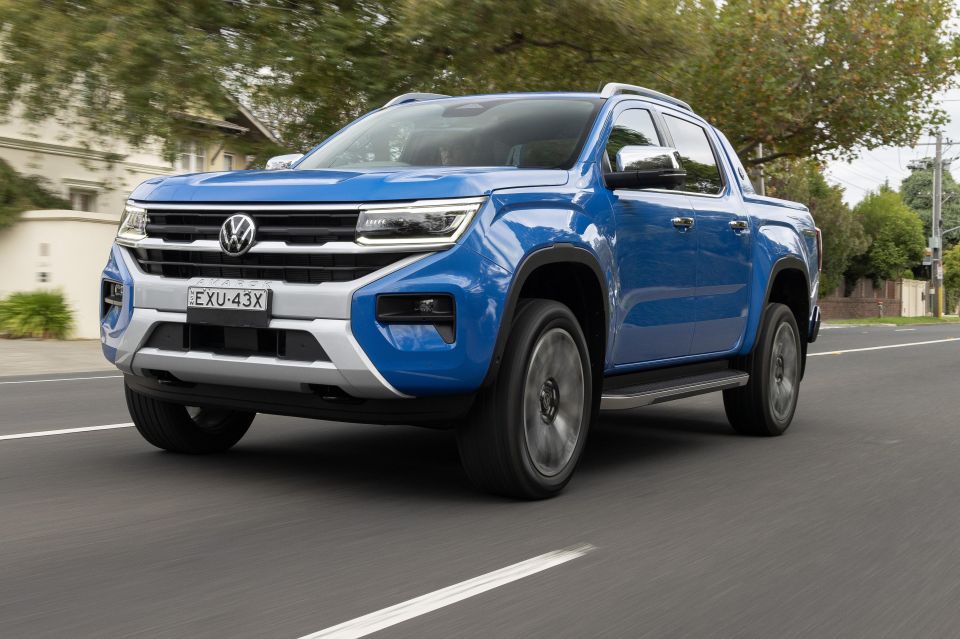
It’s quiet and refined as well as potent, with a smooth stop/start system (which you can turn off via the touchscreen) and a smart 10-speed transmission that usually grabs the right gear.
We wouldn’t mind seeing some paddle-shifters fitted however, which can be useful when using engine braking while towing for instance.
The 4A permanent AWD system is handy for getting this torque to the road, and not spinning the tyres. We recorded a best 0 to 100km/h time of 8.6 seconds and an 80-120km/h overtaking simulation time of 6.4 seconds, which are pretty sharp.
While the 2H setup can save you some fuel, in wet conditions it allows more wheel slip off the line too. The modes are there, so use them as needed.
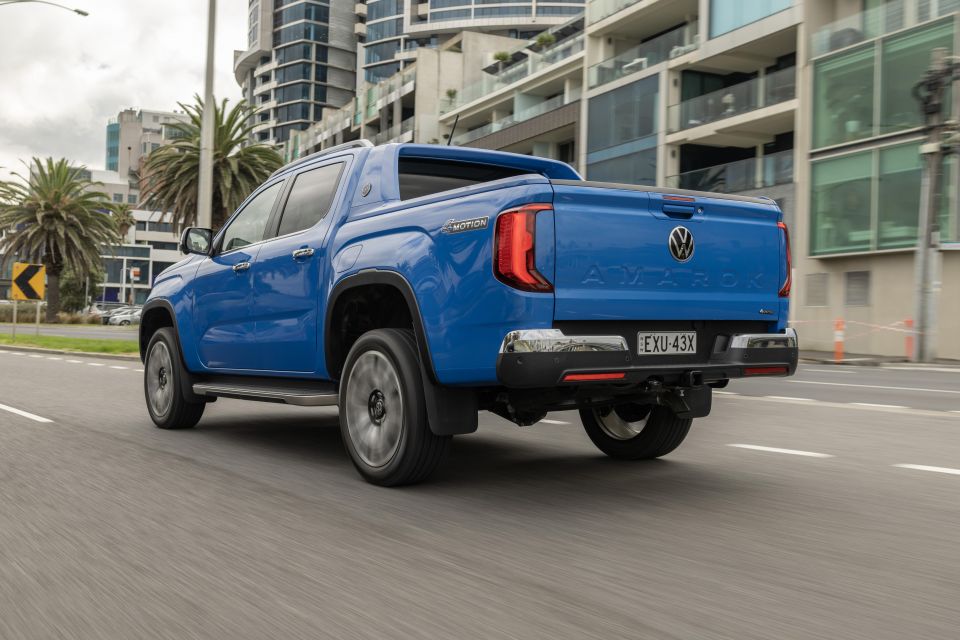
The Amarok feels a little sportier than the Ranger behind the wheel, largely on account of the Aventura’s 21-inch wheels and unique (in the range) coil front and rear leaf suspension tune.
The Aventura does present with a slightly firm ride over sharp inputs, but given the wheel and tyre package it honestly does a damn good job keeping the seats free of jarring and vibrations.
Nor does the tub bounce around excessively with no weight in the back, befitting a ute with fancier pretensions.
The steering is well-weighted and body lean tightly controlled in cornering, though the expansive and bluff bonnet always reminds you how big the vehicle you’re driving is.
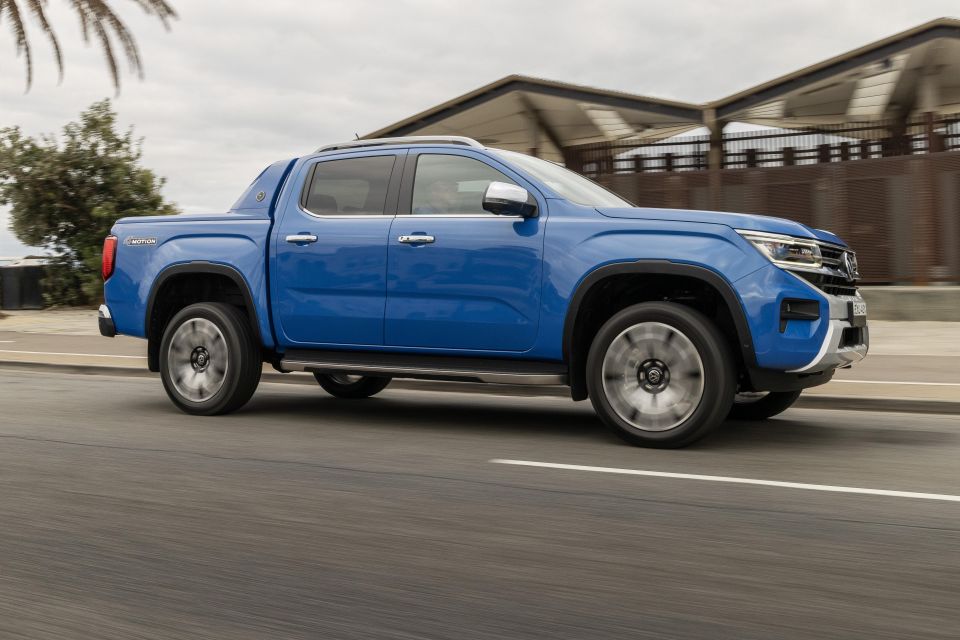
We do note the body lacked a bit of control at the top end over a series of sine waves at 130km/h on a closed facility. Would also like to have the option of a larger digital speed readout in that big instrument cluster.
The tyres are highway-terrain, but the top-spec Amarok is no lightweight off-road as our video review embedded above illustrates.
Its 4×4 system has full-time (4A) permanent on-demand AWD, as well as traditional 2H and a 4H with 50:50 lock, plus conventional 4L low-range – unlike the old Amarok V6.
It also has six terrain-specific modes called Normal, Eco, Slippery, Mud, Sand/Snow, and Towing. The different modes don’t just change traction control and gearing, but also engage low-range and the standard rear diff lock.
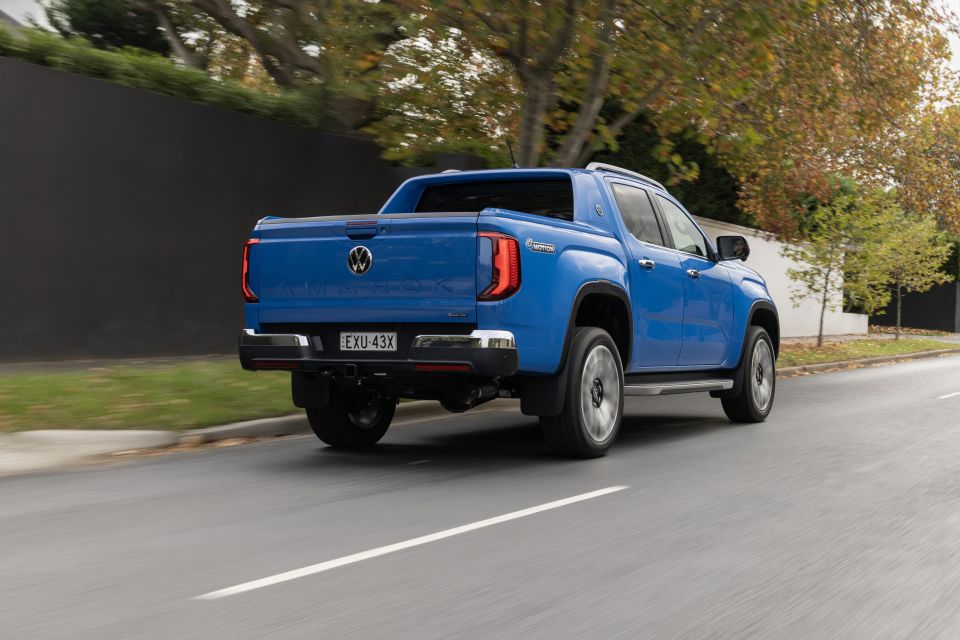
It aced a series of challenges, and in fact over most of our test trails it did perfectly well being left to its own devices in 4A, where its torque-on-demand system and traction control worked fantastically well.
While cycling through the different modes does pull up different colourful and high-res graphical display in the cluster, the Amarok goes without the Ranger’s off-road menu and auto camera displays on the touchscreen.
On a side note, given the Amarok Aventura grade has a distinctly sporty and road-biased feel by ute standards (despite its all-terrain capabilities), we wonder if a sports mode that sharpens up the accelerator response and gear ratios might be warranted?
In practice the driver-assist features worked as intended. The lane-keeping aid did a reasonable job keeping the Amarok between the lines, and the intelligent cruise control can even automatically change your speed to whatever the listed speed limit is.

Where expert car reviews meet expert car buying – CarExpert gives you trusted advice, personalised service and real savings on your next new car.
On the subject of towing, the blind-spot monitor can adjust to factor in the trailer.
There’s an integrated gain adjuster for the optional brake controller, and it shares the Ranger’s nifty light sequence checker, which cycles through brake and indicator light checks five times so you can check it yourself. It comes pre-fitted with a 3.5t-rated tow bar and 12-pin plug.
In terms of load lugging, it must be said the 858kg payload is modest at best. The Amarok is slightly heavier than the Ranger Platinum, which has a superior 912kg payload.
This is the flagship Amarok version for the time being, so comes loaded with the longest list of features in the range.
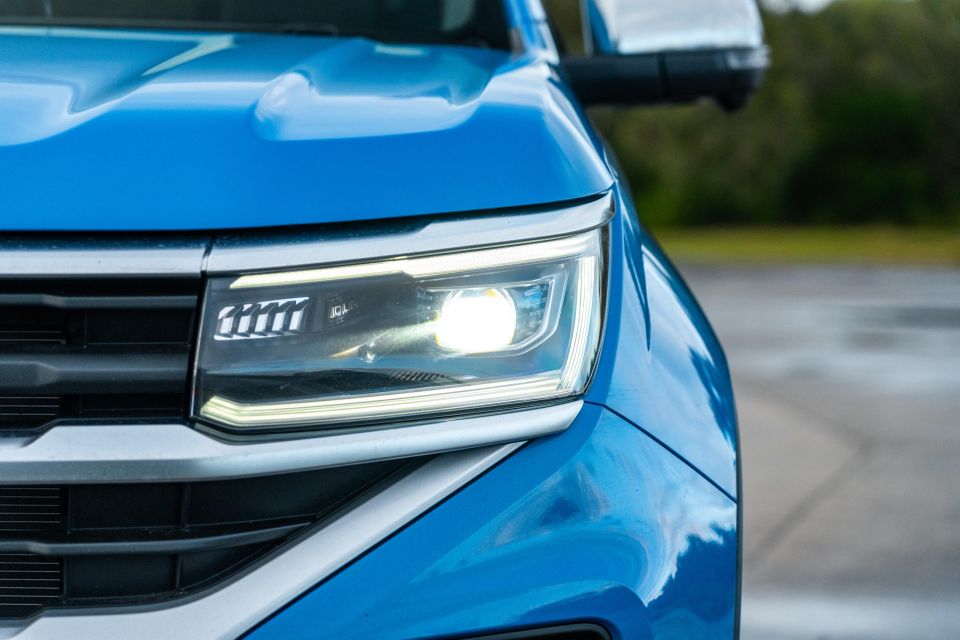
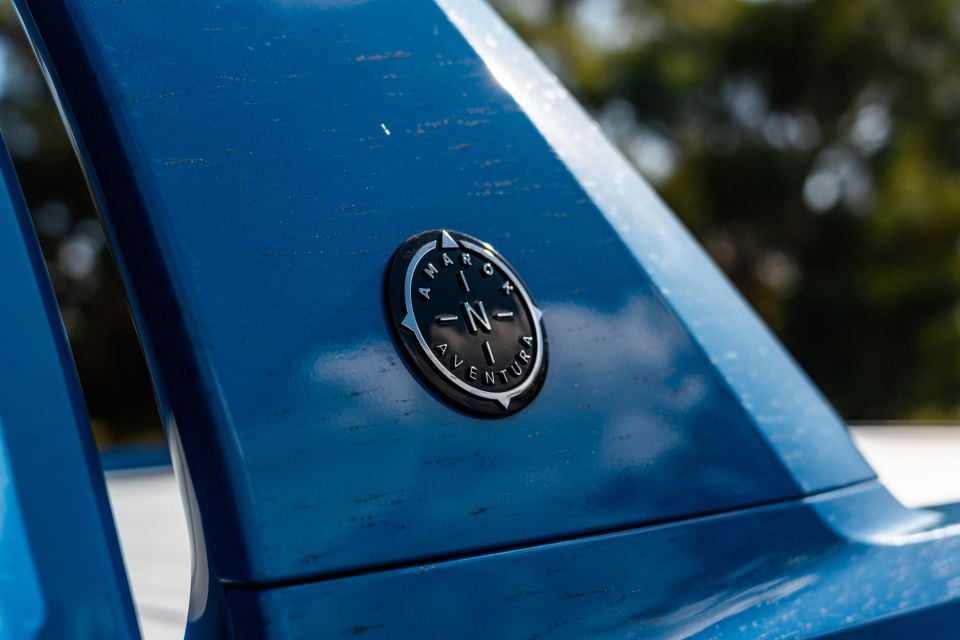


Outside


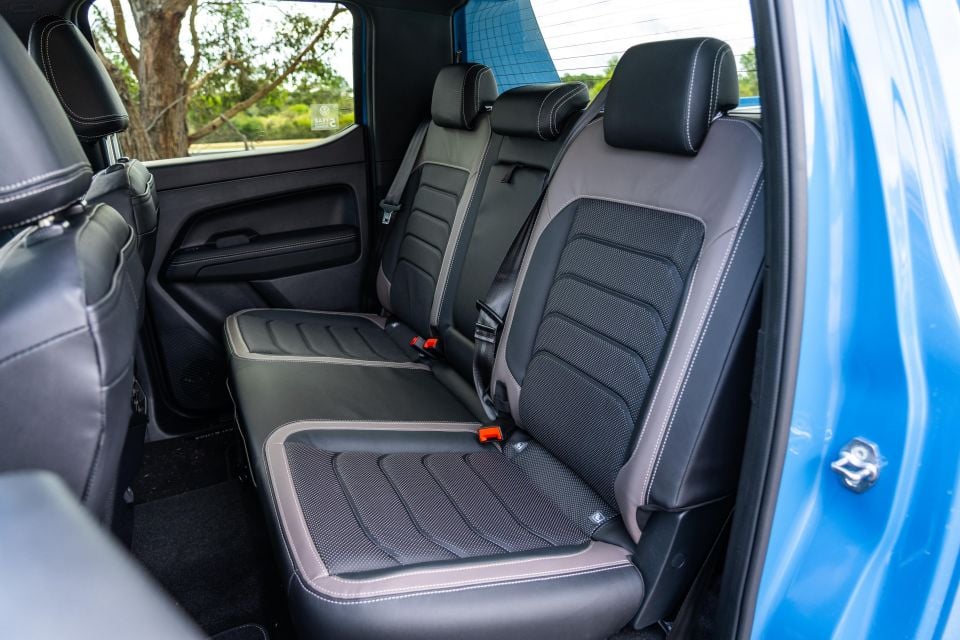

Inside
It appears the Ford Ranger Platinum comes with a few features not offered in the Amarok Aventura, such as its clever folding rack system, auxiliary switch bank, ventilated front seats, 10-speaker B&O sound system, heated steering wheel, and embedded modem with app connectivity.
The Amarok has a five-star ANCAP safety rating based on testing carried out by Euro NCAP in 2023.
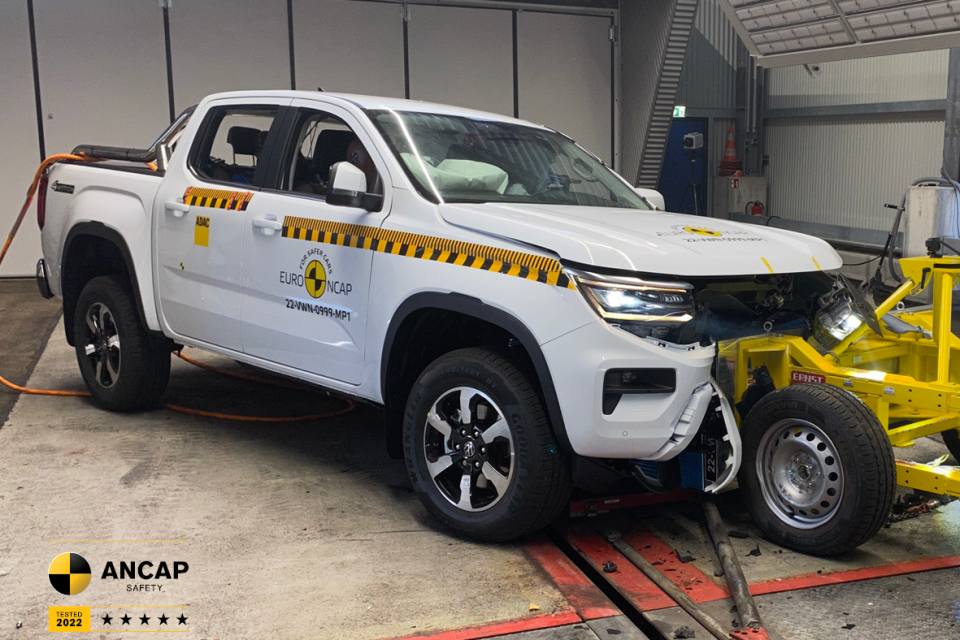
It scored 86 per cent for adult occupant protection, 93 per cent for child occupant protection, 74 per cent for vulnerable road user protection, and 83 per cent for safety assist.
Standard safety features include:
Volkswagen provides a five-year, unlimited-kilometre warranty with 24-hour roadside assist for the first 12 months.
Volkswagen has confirmed the Amarok will cost $1800 to service for five years or 75,000 kilometres with one of its cost-saving prepaid Care Plans. If you intend to use a Volkswagen dealer for servicing we suggest purchasing this.
Does the Amarok Aventura bring something sufficiently unique to the table? Yes it does.
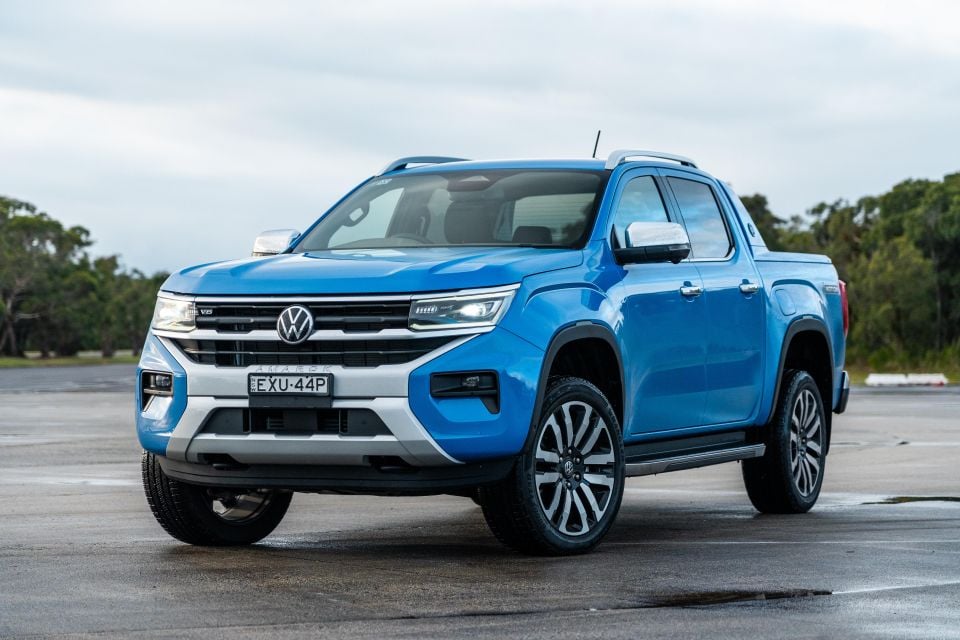
It pairs class-leading mechanicals with a different (some would say classier) design, excellent tarmac performance and handling in particular.
Volkswagen pitches this variant as its take on a premium SUV with a tub, and that claim has more merit than mere marketing guff considering its on- and off-road abilities.
Expect to see a lot of these at the nation’s boat ramps, thoroughbred racecourses and fancier caravan parks.
Short of the six-figure Chevrolet Silverado and Ram 1500, there’s no pickup on sale here that feels quite as premium in execution.

Click the images for the full gallery
Where expert car reviews meet expert car buying – CarExpert gives you trusted advice, personalised service and real savings on your next new car.


Damion Smy
11 Hours Ago


Damion Smy
14 Hours Ago


Ben Zachariah
3 Days Ago


Matt Campbell
3 Days Ago


Derek Fung
7 Days Ago


Damion Smy
10 Days Ago